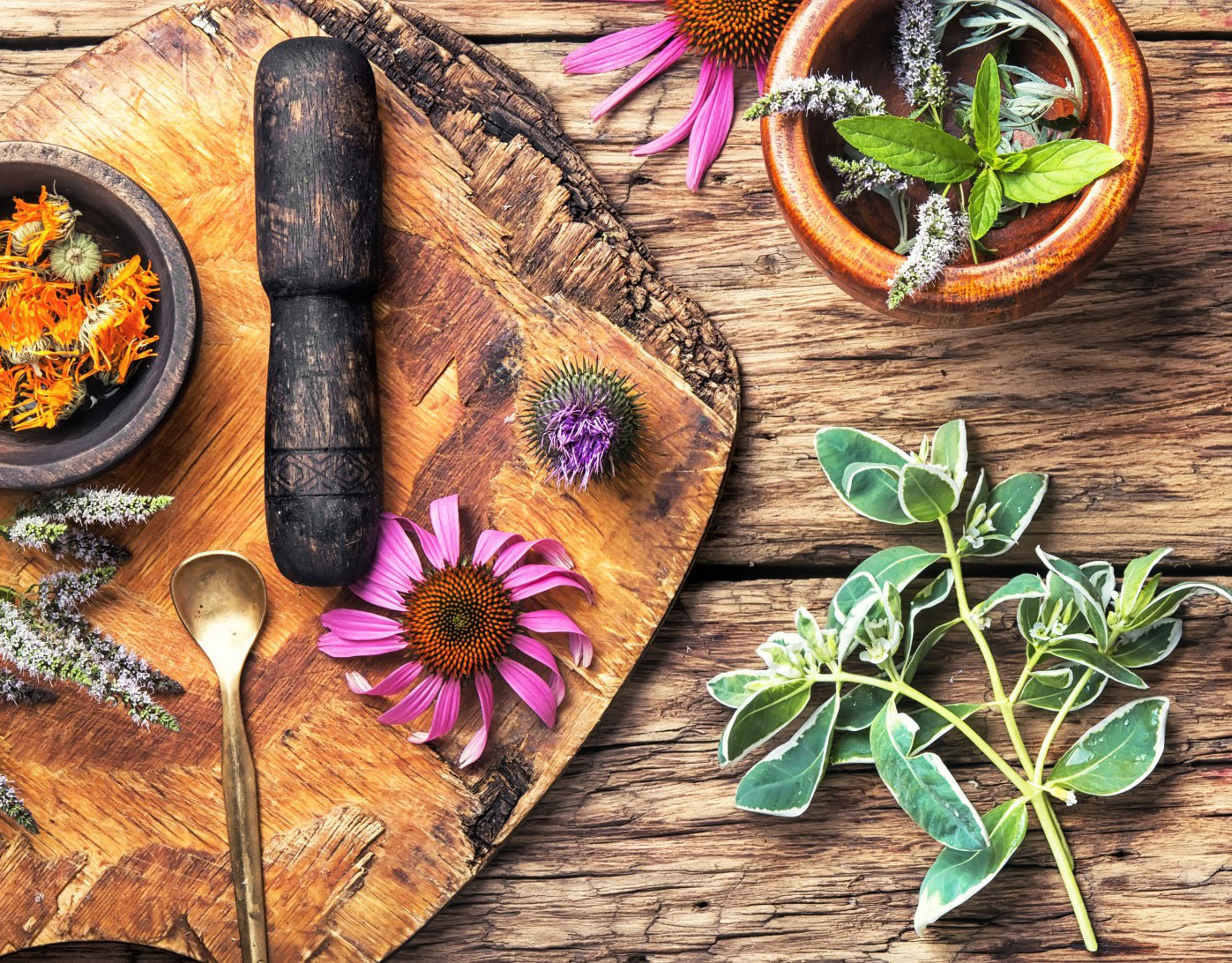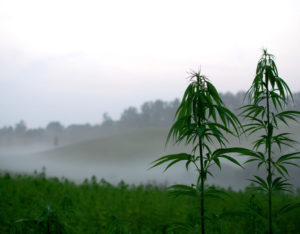For most of human existence—thousands upon thousands upon thousands of years—people have relied on the Earth’s natural medicines. We’ve used answers from the soil to help ward off disease, fight infection, ease pain and enhance well-being.
It’s only more recently—in the last couple hundred years, really—that laboratory-manufactured medicines became a go-to source for health. The tide may now be shifting again. Along with a surge in individuals seeking to live more sustainable, ecological lifestyles has come a public awakening to the realities of the modern medical paradigm pushed by Big Pharma.
The response? Plant-based alternatives to pharmaceuticals are rising in popularity. Every day, more people are thinking outside the pill bottle and looking for remedies that are grown rather than manufactured in labs.
These natural answers may prevent health issues, save money and avoid the sometimes negatives effects of pharmaceuticals.
Nutritionists and health experts have been pumping new life into the age-old wisdom of using food as medicine and preventative treatments. Emerging studies of nutrigenomics seek to understand the causal relationship between nutrients and their effect on the human body.
Another attractive aspect of favoring natural remedies over manufactured medicines is cost savings. A recent report from QuintilesIMS revealed patients in the U.S. will increase their spending on prescription medicine by about 4-7 percent, totaling between $580 billion to $610 billion by 2021. Being able to use remedies found in local health food stores will drive savings for many families.
Often, plant-based remedies also come without the laundry list of side effects that often accompany prescription medicine. According to research published by Dr. Donald Light, a fellow at Harvard University’s Edmond J. Safra Center of Ethics, “even properly prescribed drugs cause about 1.9 million hospitalizations a year. Another 840,000 hospitalized patients are given drugs that cause serious adverse reactions for a total of 2.74 million serious adverse drug reactions.” In fact, Light says, prescription drugs have a one-in-five chance of causing serious reactions after they have been approved.
The emerging field of ethnobotany seeks to pioneer new applications for plants to be used in the treatment and prevention of chronic illness and disease. Some of these applications are new discoveries, while others are centuries-old remedies.
According to a 2016 article in the Journal for Evidence-based Complementary and Alternative Medicine, “it is estimated that there are approximately 500,000 to 750,000 species of higher plants existing on earth and less than 10 percent of them are examined for their biochemical constituents.” In other words, Earth’s medicinal bounty is only beginning to be discovered.
Experts in the health field and wellness-minded families alike continue to gravitate toward alternative, natural remedies. In November 2018, market research firm Grand View Research reported that “complementary and alternative medicine market size is expected to reach a value of $196.9 billion by 2025.”
What does all of this mean for the future of medicine? Certainly, doctors and researchers are taking a closer look at the impact natural alternatives have on the human body as they pursue avenues toward greater public health. As science evolves, patients can be encouraged to explore their options as health care consumers to select the practices and products that most closely align with their individual needs and lifestyles.
This article originally appeared in the May/June 2019 issue of CBD Snapshot. Never miss a story; subscribe today




